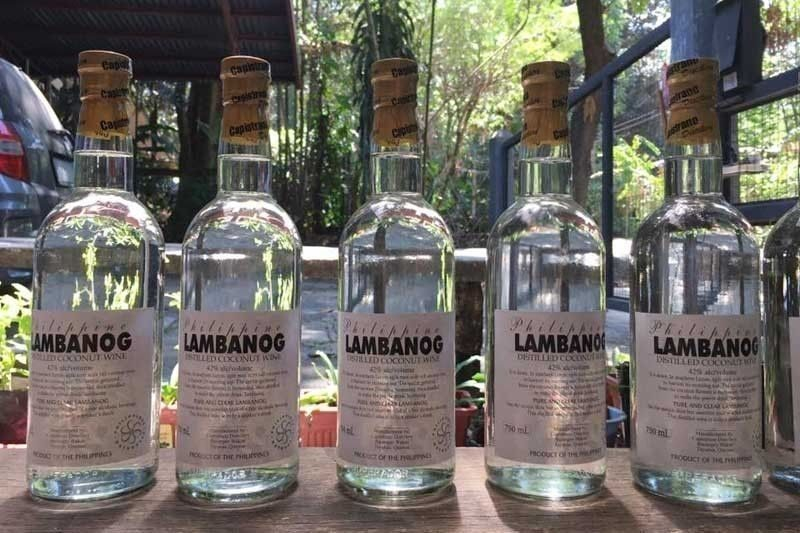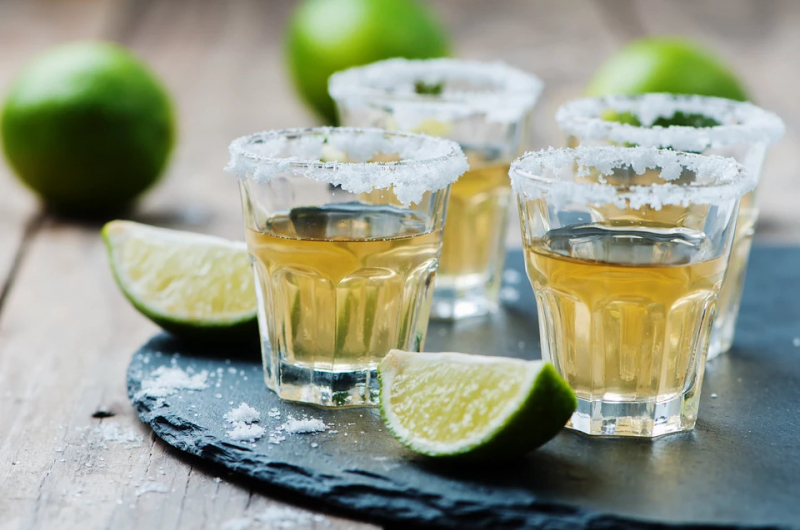Lambanog
Traditional Filipino distilled coconut palm liquor is called lambanóg. It comes from tubâ, which is produced using aged coconut sap that has been fermented for at least 48 hours. It comes from the Visayas Islands and Luzon (where it is known as dalisay de coco). It was also referred to as vino de coco in Spanish during the time of Spanish colonization. Due to its clear to milky white hue and high alcohol concentration, it is additionally frequently referred to as "coconut vodka." It is extremely strong, with an alcohol content that ranges from 80 to 90 proof (40 to 45% abv) after a single distillation and up to 166 proof (83% abv) after a second. Its smoothness has been compared to that of Japanese sake and European schnapps.
Southeast Asia and the Indian Subcontinent are both home to arrack. The sap from coconut blossoms, sugarcane, rice, or fruit is typically used to make this (and so quite different from the anise-flavored Arabic arak). This coconut wine frequently has raisins added to the potent Philippine version.
Origin: Philippines



















